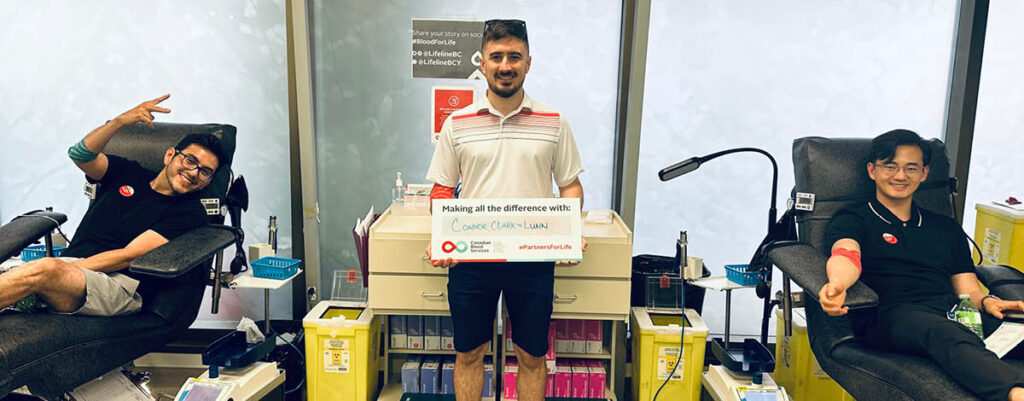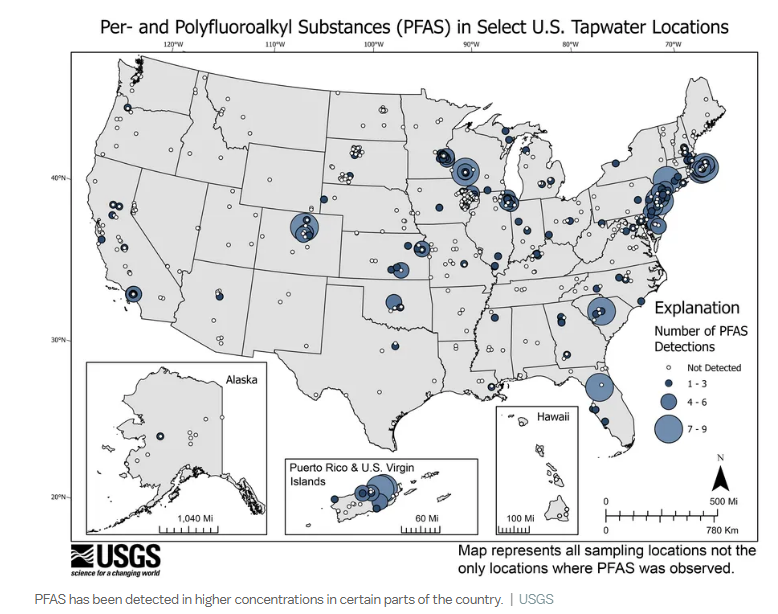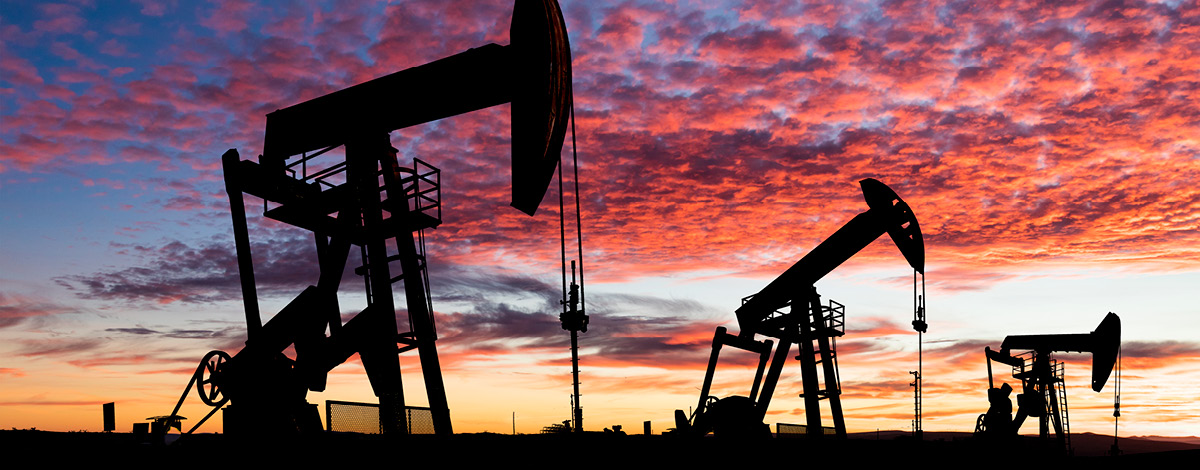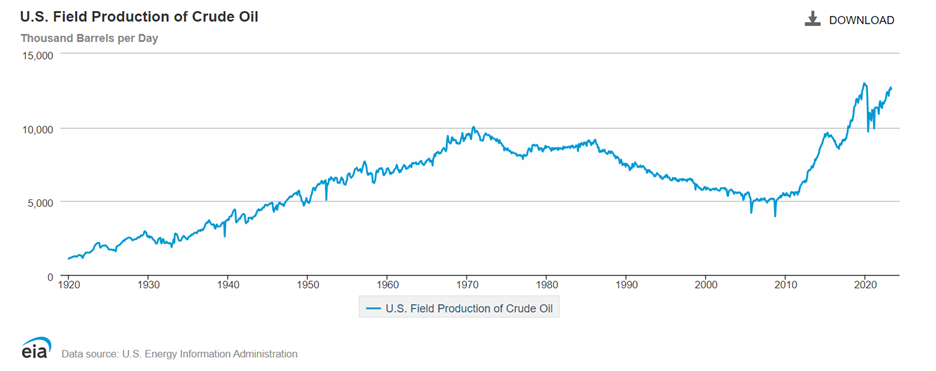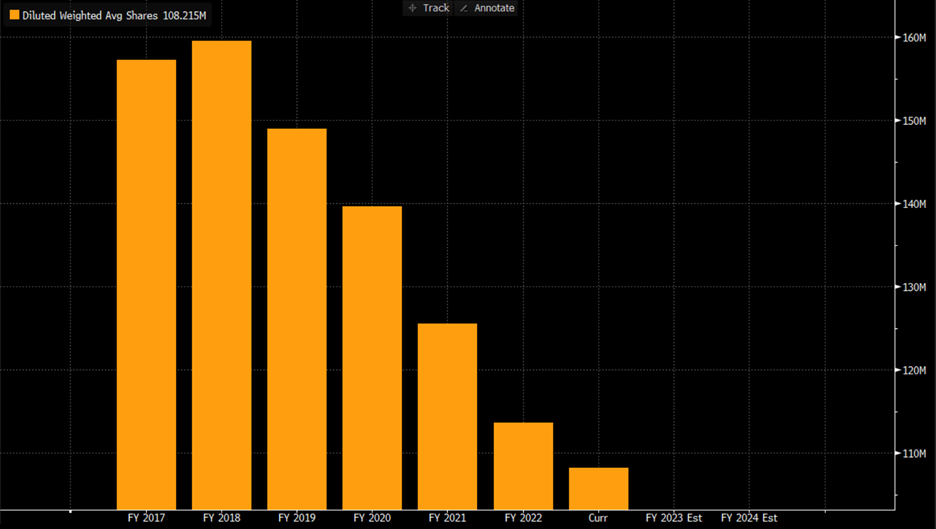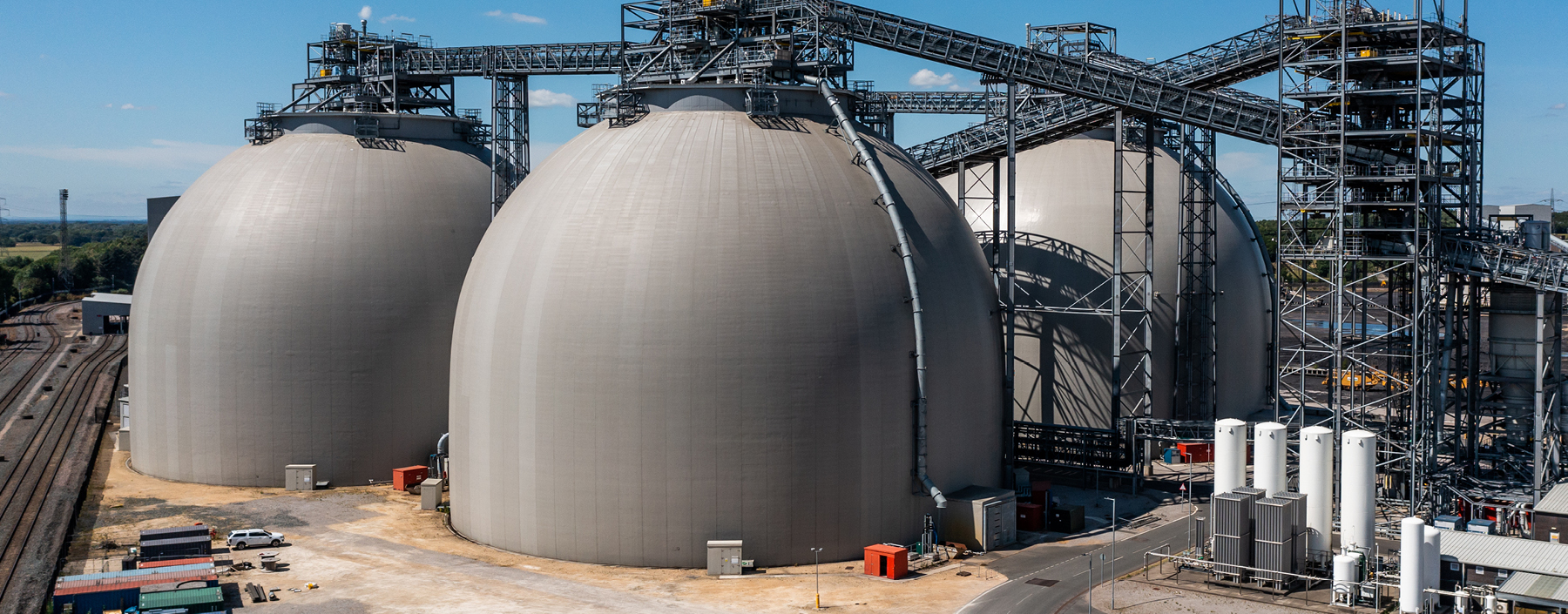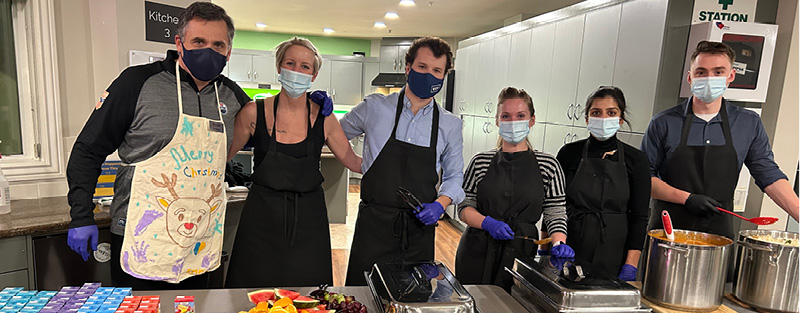
Following the recent events in Israel, we would like to commend the management of Ormat Technologies for maintaining open lines of communication during this extremely stressful period. Ormat, a portfolio company based in Tel Aviv, entirely produces electricity from alternative sources located outside of Israel, which remain operationally unaffected by the turmoil. Although the company has a geothermal equipment production facility in Israel, it exclusively supplies international clients and equipment sales represent less than 12% of the company’s revenues.
Economic factors and market dynamics
Major geopolitical events like we are witnessing in Israel certainly do not help the case for $40 oil. Add in high levels of government spending, increased regulations and large wage increases and inflation remains well-supported. As we await a downturn to counterbalance, we can expect volatility in commodities prices, especially with oil, as the Middle East conflict continues.
As the developed world spends its way toward decarbonization, analysts are attempting to predict peak oil production. The International Energy Agency (IEA) believes we are nearing that point while OPEC expects global demand to reach 116 million barrels per day (bpd) by 2045, up from 99.6 million bpd in 2022. OPEC has also made clear the potential for a higher jump. Growth is likely to be fueled by India, China, other Asian countries, Africa and the Middle East.
North American oil consumption and supply-side economics
Local oil consumption in North America continues to be moderate, as the adoption of electric vehicles and other alternative fuels gain momentum. However, supply-side economics seem to support a buoyant environment for oil service companies. Shale wells in North America offer very poor long-term output performance, with decline rates for oil wells exceeding 35% and losing an additional 0.5% each year. To maintain supply levels, oil companies must continuously explore, plan and drill new wells. As a result, regions such as the Permian Basin in West Texas are likely to remain active hubs for drilling and completion activities, especially if oil prices make exports profitable. In addition, many oil service companies are diversifying into new sustainable segments within the broader energy market, areas such as hydrogen, renewable gases, recycled water, etc. This has led the industry to re-position itself as an energy services provider rather than focusing solely on oil and gas.
Innovations in energy service companies
Global Alpha is invested in NOW Inc. (DNOW:US), a company that is using its extensive energy-industrial distribution network to launch its own carbon capture equipment. As well, its new Ecovapor technology reduces flaring while producing much cleaner gas.
Energy service companies are preparing for future market trends that are likely to garner investor attention. One notable event this year was the annual geothermal industry gathering in Reno, which attracted over 1,500 attendees. What set this year apart was the significant presence of oil & gas service industry professionals.
Geothermal energy: the next frontier
The concept of “Geothermal Anywhere” or “Geothermal 2.0” is gaining traction. This involves leveraging inexpensive deep, high-temperature wells to operate geothermal plants beyond the Pacific Ocean’s “Ring of Fire” high-temperature zones.
Estimates suggest that as much as 8% of the US’s entire energy production could come from geothermal sources, provided that feasibility and costs are optimized. Achieving this goal requires overcoming certain technical challenges, such as drilling into 250-degree rock three kilometres underground without causing significant equipment damage. Given the incredible advances in shale drilling technology over the last decade, chances are these issues will be solved.
The addressable market is sizeable. Currently standing at $7 billion, geothermal capacity is 31 GW within a total 1,293 GW of US energy capacity. According to a 2019 publication by the US Department of Energy, the number of potential geothermal sites could exceed 5,000 GW. If the goal is to increase the share of geothermal energy from 2.3% to 8%, the market opportunity could surpass $25 billion in the US.
Investing in energy service companies
We have exposure to the oil service industry through our investments in Austria-based Schoeller-Bleckmann (SBO:AV), which specializes in advanced drilling solutions. We also own Helmrich and Payne (HP:US), a leading energy service company in North America. HP has already invested in six geothermal startups that tackle complex technical issues related to deep geothermal energy.
It’s important to note that, in the short term, oil and gas service companies remain sensitive to the cyclical nature of drilling activities. The Baker Hughes rig count index, currently at a low of around 600 rigs, suggests that we might be approaching a trough, as these levels are near historical lows. Together with growing decarbonization markets, the new energy service industry is certainly an interesting place to be.
The future of geothermal and our investment outlook
As markets focusing on reducing carbon emissions continue to expand, the evolving energy services industry is worth watching. If venture capital continues to flow into the Geothermal 2.0 concept and becomes a reality, our long-term holding in Ormat, already the industry leader in geothermal energy production, stands to gain. At present, the company has a robust pipeline of geothermal projects that use its patented shallow-drilling, low-heat technology, known as binary exchange. Even without Geothermal 2.0 as a new market segment, geothermal energy is already experiencing rapid growth, thanks in part to its ability to provide stable, non-peak electricity, complementing the variable output of solar and wind energy.
As we adapt to a transitioning energy landscape, the confluence of traditional drilling expertise and emerging sustainable technologies may not just redefine the energy sector, but also reshape how we think about long-term investment opportunities.
